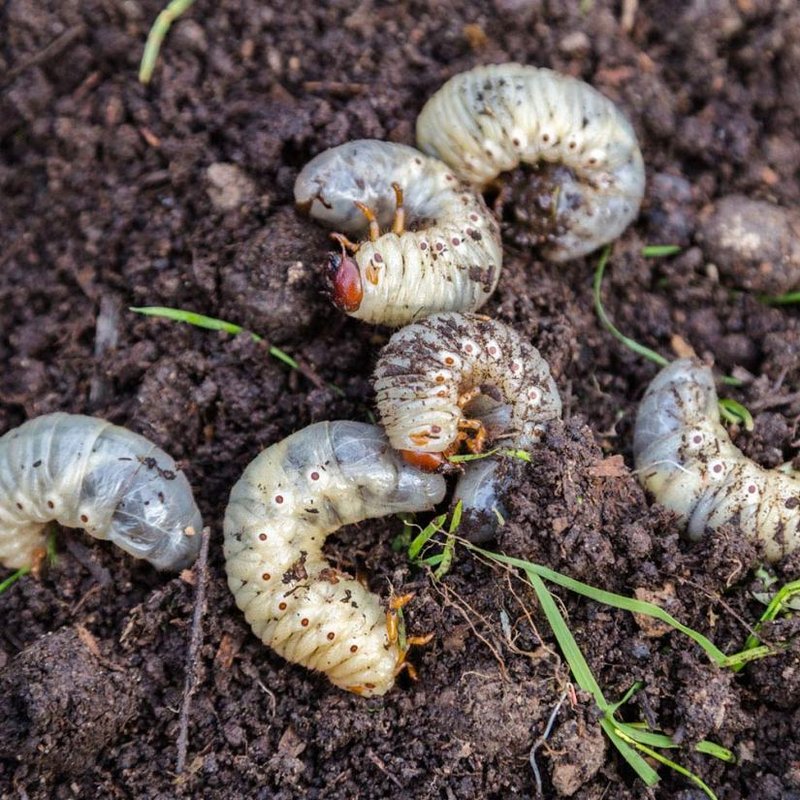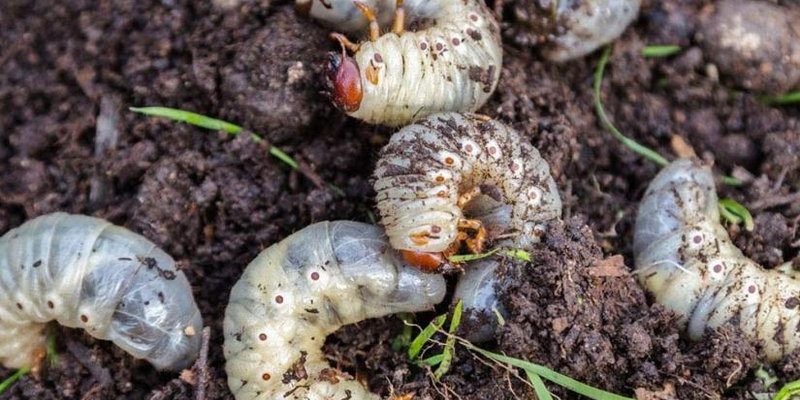
Think of grub worms like the hidden workers in your garden. They’re like the unsung heroes who go about their business, breaking down organic matter and aerating the soil. But when they get too comfortable, they can cause some trouble, especially for your prized plants. Now, let’s dive into how soil types affect these little guys and what you can do to keep your garden thriving.
What Exactly Are Grub Worms?
Before we jump into the soil types, let’s clarify what we’re talking about. Grub worms are the larvae of various beetles, particularly the Japanese beetle, June beetle, and others. They typically have a white, C-shaped body and live underground. Their diet mainly consists of roots and decaying organic matter.
You might be wondering, “Why should I care about these worms?” Well, while they break down material, they can also feast on your plant roots. If their population is too high, they may harm your garden. Understanding where they prefer to hang out will help you manage them better.
Grub worms thrive in certain conditions that relate closely to soil texture, moisture, and organic matter. Now, let’s explore how sandy and clay soils affect their habitat.
Characteristics of Sandy Soil
Sandy soil is like a beach—light, loose, and full of air. It drains well, which can be beneficial for some plants, but it’s not always the best environment for grub worms.
Here’s the thing: sandy soil doesn’t retain moisture like clay soil does. Grub worms need some level of moisture to survive and thrive. If the soil dries out too quickly, they might struggle to stay hydrated. This means that in sandy soils, grub worms may not flourish as much compared to other soil types.
However, if you tend to water your sandy garden frequently, you can create an environment where they can survive. Just be aware that too much water can lead to issues like root rot in plants. So, maintaining a balance is key.
Characteristics of Clay Soil
Now, let’s talk about clay soil. It’s thick, sticky, and can hold moisture like a sponge. This type of soil can feel heavy and may compact easily, but it provides a cozy home for grub worms.
Grub worms love this kind of environment because the moisture is usually consistent. Clay soil retains water longer, meaning that these little larvae can feast on roots without worrying about drying out. Plus, the organic matter in clay soil can support a rich ecosystem for grub worms to thrive.
But here’s a downside: clay soil can also lead to overpopulation of grub worms if not managed properly. A lot of moisture can create the perfect breeding ground for them, potentially leading to a situation where their numbers get out of control.
Factors Influencing Grub Worm Populations
When we compare sandy and clay soils, it’s essential to consider other factors that influence grub worm populations. Climate, local vegetation, and even the way you maintain your garden can all play a role.
For instance, warmer climates might allow for more beetles to lay eggs in your garden, leading to more grubs. If your garden has lots of organic matter, like mulch or compost, it can provide extra food for these larvae in both sandy and clay soils.
You might also want to check your watering habits. Overwatering or underwatering can affect grub populations, especially in different soil types. It’s a balancing act that needs a bit of attention to detail.
How to Manage Grub Worms in Your Garden
If you find that grub worms are becoming a problem, don’t worry! There are several ways to manage them effectively, regardless of your soil type.
Start by monitoring your garden. If you notice patchy, dying grass or wilting plants, it might be time to check for grubs. You can use a simple shovel to dig a small section of your garden. Look for those white C-shaped larvae.
Once you identify their presence, here are a few strategies to consider:
- Natural predators: Encourage birds and beneficial insects that feed on grubs.
- Beneficial nematodes: These microscopic worms can help control grub populations in the soil.
- Healthy soil practices: Maintain a balanced soil ecosystem by incorporating organic matter and managing moisture levels.
These methods can help keep grub worms in check without resorting to harsh chemicals.
In summary, whether you have sandy or clay soil can significantly influence the presence of grub worms in your garden. Sandy soil may not offer the ideal conditions for them to thrive, while clay soil could encourage their growth if you’re not careful.
By understanding these soil dynamics, you can make informed decisions about your gardening practices. Keep an eye on your soil type, moisture levels, and organic matter, and you’ll be better equipped to manage grub worms effectively.
So, next time you dig in the dirt or see a wilting plant, you’ll know how soil type plays a part in supporting those hidden workers—grub worms. Happy gardening!

